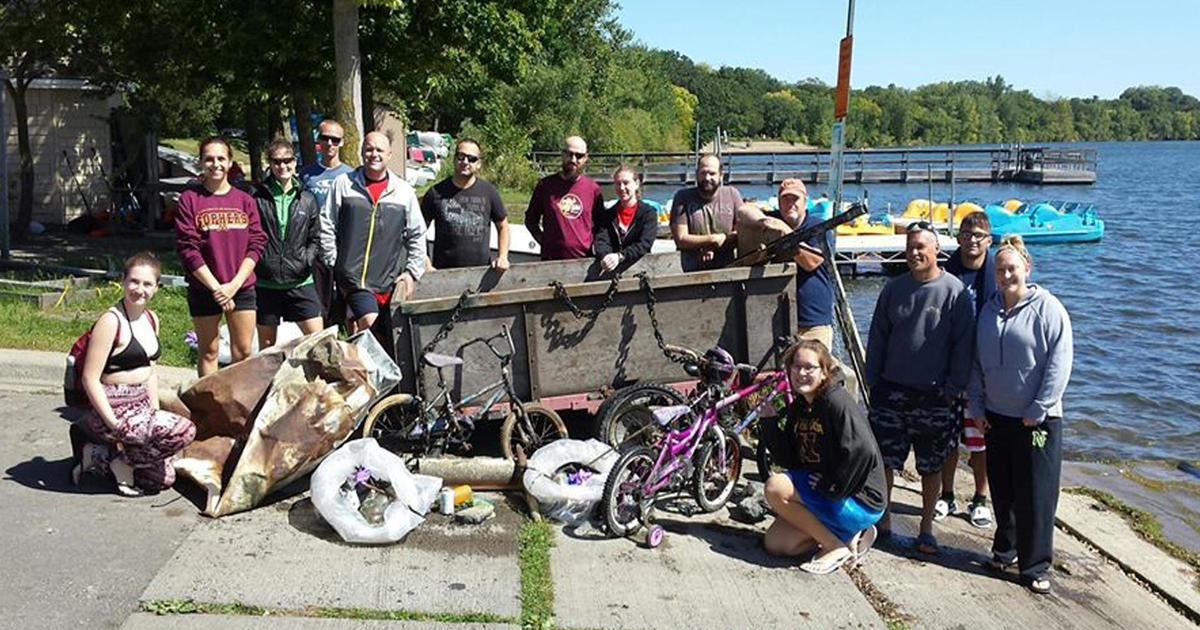Has This Winter Been Windier Than Usual?
ST. PAUL, Minn. (WCCO) - Brace yourself for another round of windy days ahead.
The blustery weather caught the attention of several WCCO viewers who emailed us wondering if it has been windier than usual.
"Oh yes, it's been a windy winter," said Kenny Blumenfeld, senior climatologist with the Minnesota Dept. of Natural Resources. "Not only has the average wind speed been higher, but we've also had more gusty days."
In an average Minnesota winter, Blumenfeld said there are three to four days when the winds gust above 40 mph. This season, there have been nearly 10.
"We've had a lot of temperature changes (this season) and those things are related," he said.
How is wind created? Blumenfeld described it as a balance of forces, meaning pressure differences trying to equalize themselves, or push back on one another.
While it might appear as though the air outside is infinite, it's actually contained. That means the opposing forces displace each other.
Those dueling pressures are low and high, often seen on weather maps. The sunlight can impact the temperature of the air. High pressure is connected with cold air.
"Cold air is very dense. It makes it seem heavy so it kind of falls to the earth," Blumenfeld said.
Low pressure, however, is associated with warm air. The molecules are more spread out and move freely, create less pressure.
"The warmer air will tend to rise and it has to be replaced by colder air," he said, thus creating wind. "And sometimes as you go up and over mountains or across a lake, you'll find pretty significant pressure differences and that's why you have wind on almost any day."
Why does wind seem to be more intense on bodies of water? There's a few reasons.
One is the open space that wind has to flow. There's no trees or structures stopping or deflecting it. The other reason is the chance in air temperature.
Blumenfeld said lakes are a different color from the landscape surrounding them, allowing it to absorb more or less sunlight. It can change the temperature, thus changing the air pressure in a way that causes wind.
Buildings in a downtown environment can also create more pressure, causing wind tunnels.
"There's a set volume of air and it actually has to get between the buildings. Sometimes it will get compressed and that will accelerate it," he said.



